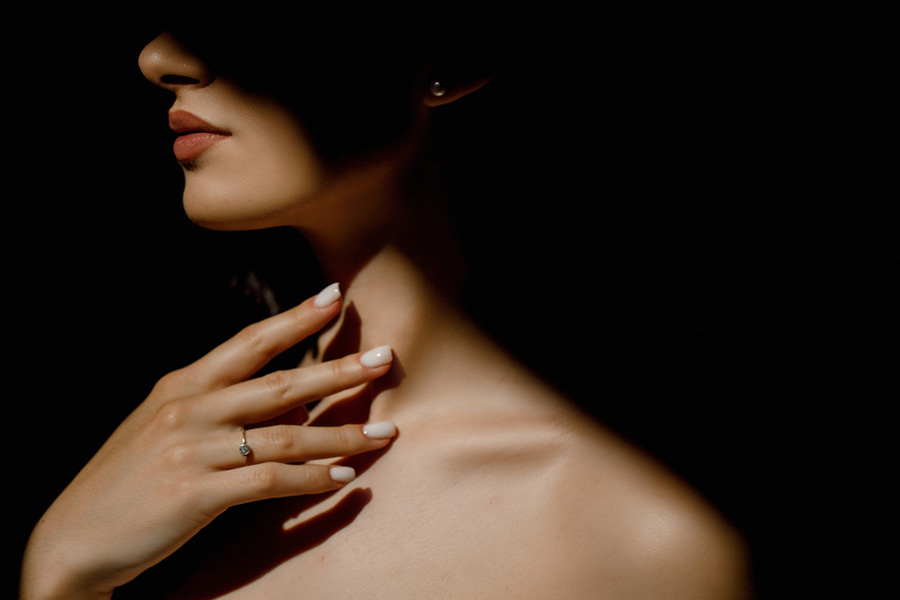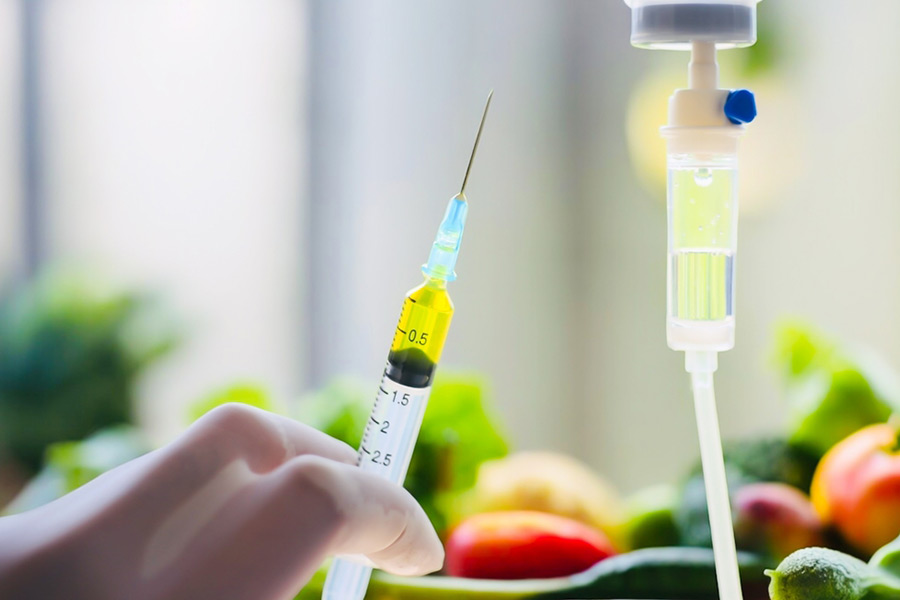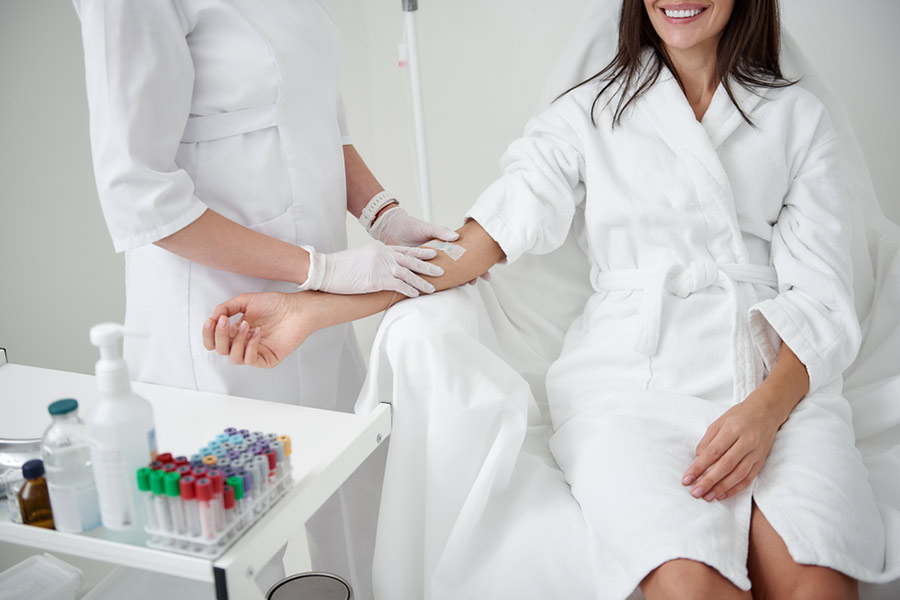A revolution in skincare is flowing through IV lines in upscale beauty and wellness clinics across Kolkata, thanks to a new and fast-growing trend — Intravenous (IV) beauty drips.
Once reserved for medical emergencies and elite athletes for brighter skin, smoother texture, improved energy and metabolism, these nutrient-rich drips are gaining widespread popularity among the city’s beauty-conscious citizens. But is this treatment safe? Here’s what health and beauty experts have to say.
What is IV beauty drip?
As the wellness and aesthetic industries continue to converge, intravenous (IV) therapy is emerging as an option for individuals seeking changes in their skin health. The method, typically associated with hospitals and clinical care, is now being used to administer vitamins, minerals, and antioxidants directly into the bloodstream. This procedure is said to enhance absorption rate and achieve long-lasting effects faster.
Medical aesthetic expert Nripendra Guha describes the process as a direct nutrient delivery method. “IV drip therapy improves skin health by directly delivering essential nutrients like vitamins, minerals, and antioxidants into the bloodstream, bypassing the digestive system. This ensures optimum absorption,” he explained.

IV drip therapy improves skin health by directly delivering essential nutrients Shutterstock
According to Guha, this route can aid hydration, support collagen production, and reduce oxidative stress factors often associated with common skin issues like fine lines, dullness, and loss of elasticity.
There are variations in formulations depending on individual needs. Some IV treatments support anti-ageing efforts, while others focus on improving skin tone, boosting collagen, or assisting with hair growth and metabolic functions.
“The product is reaching one’s internal system through the bloodstream. Compared to oral intake, the benefits are far more pronounced,” Guha added.
Dr Debasish Biswas, a practicing aesthetic physician and founder of Kolkata-based Radiantt Estheticis, pointed out that IV therapy is sometimes used in conjunction with broader wellness goals.
“It can influence mental wellbeing by addressing nutrient deficiencies and reducing inflammation, factors closely linked to mood, energy levels, and sleep quality,” he said.
Nutrients commonly used in such therapies include vitamin B12, folate, magnesium, and glutathione.
Kolkatans who benefitted from the alternate therapy
Some individuals undergoing IV therapy report improvement not just in skin appearance but in overall health. Ajanta Lahiri, a professor at Jadavpur University, received a six-week course of IV therapy to address pigmentation issues. “My skin looked more refreshed. The pigmentation faded faster than I expected,” she said.
Sayak Banerjee, a sales manager, shared that he noticed positive changes after several sessions of glutathione therapy. “My skin texture has improved, my hair feels stronger, and my sleep quality is much better now,” he said.
However, experts caution that IV therapy should not be seen as a standalone solution. “It’s an adjuvant. It works best when combined with other interventions like oral supplements or topical medications,” Dr Biswas explained.
Changing perceptions and growing demand

Despite its rising popularity, IV therapy carries medical risks Shutterstock
Once a niche treatment, IV therapy is gaining traction in urban centres. According to Guha, the Indian market saw a 37 per cent growth in IV-based aesthetic treatments in 2025, with increasing interest in cities like Kolkata. “We are seeing a wide range of clients — from working professionals to homemakers, even students,” he noted.
Biswas added that professional athletes and frequent travellers also explore IV therapy for recovery and energy restoration. This shift reflects a growing trend towards viewing health and beauty as interconnected, rather than separate concerns.
Safety, regulation, and medical oversight
Despite its rising popularity, IV therapy carries medical risks. Both doctors stress the need for proper screening before initiating treatment.
“We conduct liver function and other relevant tests to assess eligibility,” said Guha. Only formulations approved by regulatory bodies are used in his clinic, he added.
Potential side effects include bruising, discomfort at the injection site, or more serious outcomes such as allergic reactions or inflammation of the veins. Biswas emphasises that procedures should be carried out under trained supervision in a clinical setting.
A new direction for skincare?
The trend of IV therapy in Kolkata is part of a holistic approach to skincare — less about surface-level results and more about internal wellness. But for now, it is part of an alternate therapy that falls in the intersection of dermatology and wellness, one that prompts a discourse around efficacy, safety, and the evolving definition of skincare.
